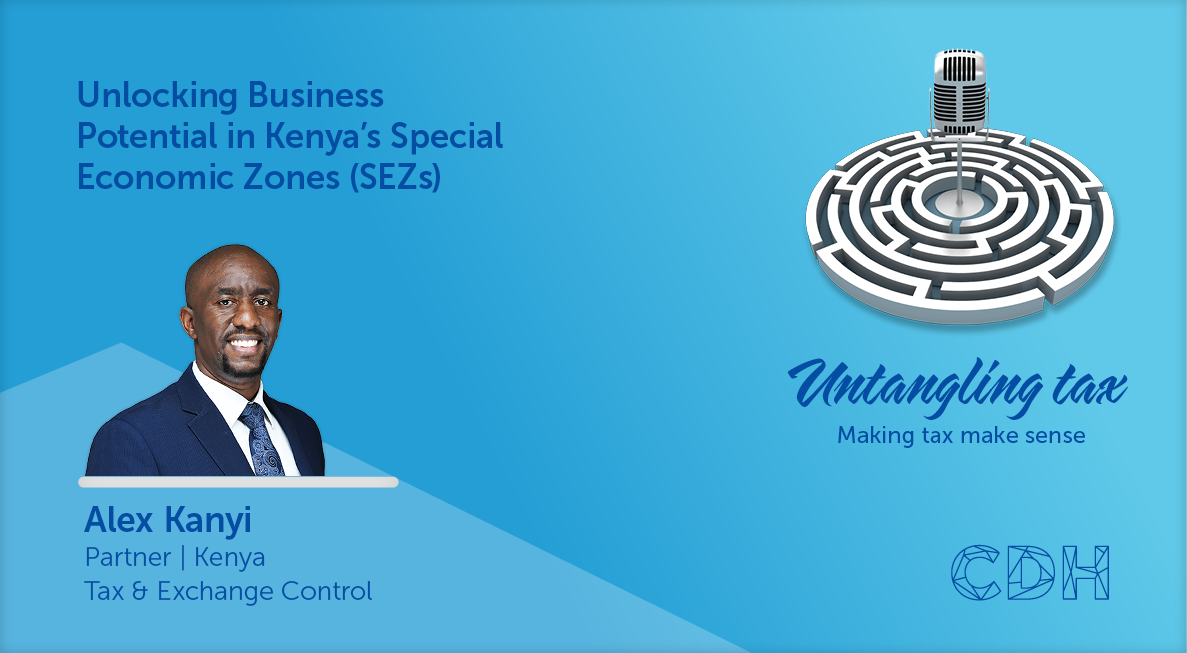Know your limitations: Lessons from English case law on limitations of liability
At a glance
- During January 2024 Eskom published the much-anticipated addendum to the Generation Connection Capacity Assessment (GCCA) (Addendum).
- The Addendum was first mooted in the GCCA 2025 published in October 2023 (GCCA 2025). It was intended to provide clarity in respect of Eskom's proposal in the GCCA 2025 to use “curtailment” to address the challenges of limited available grid capacity faced by independent power producer projects in the Eastern, Western and Northern Cape.
- Time will tell whether the 10% curtailment right held by Eskom constitutes a similar or reduced risk for the various stakeholders involved in such transactions, or whether it will lead to a shift in risk appetite.
Background
Drax Energy Solutions Limited and Wipro Limited entered into a master services agreement (MSA) whereby Wipro provided software services to Drax. After numerous issues in the relationship, Drax ultimately terminated the MSA and brought several claims against Wipro. The crux of the ensuing litigation was the interpretation of clause 33.2 of the MSA, a limitation of liability provision, that stated:
“Subject to clauses 33.1, 33.3, 33.5 and 33.6, the Supplier’s total liability to the Customer, whether in contract, tort (including negligence), for breach of statutory duty or otherwise, arising out of or in connection with this Agreement (including all Statements of Work) shall be limited to an amount equivalent to 150% of the Charges paid or payable in the preceding twelve months from the date the claim first arose. If the claim arises in the first Contract Year, then the amount shall be calculated as 150% of an estimate of the Charges paid and payable for a full twelve months.”
Interpreting the limitation of liability
According to Wipro’s construct of clause 33.2, a single aggregate cap applied to Wipro’s liability for all claims made by Drax. Drax, on the other hand, interpreted clause 33.2 as providing for multiple claims with a separate cap applying to each of Drax’s claims. Three issues were considered to determine the applicable construct.
1. The wording used
The actual words used in a clause are the cornerstone of its interpretation. Wording in clause 33.2 that favoured a single cap construct included “Supplier’s total liability to the Customer” and “shall be limited to”. To strengthen this interpretation, the parties could have also used wording such as “aggregate” and “for all and any claims”, although they omitted to do so. On the other hand, the wording “the claim first arose” suggested that limitation would apply to each claim that had arisen, thereby favouring the multiple cap construct. However, if the multiple cap construct was intended to apply, the parties could have also included wording such as “when the first [of various] claim[s] arose” and “per claim” or “per event”. Overall, the actual words used suggested a single cap construct.
2. Wording used in other clauses
The wording used in other clauses can provide context that reveals the intention behind the wording used by a party in a particular clause. Another subclause in the limitation of liability used the additional wording that clearly favoured a single cap construct. The omission of this wording from clause 33.2 may have suggested an interpretation of clause 33.2 that aligned with the multiple cap construct. However, the court was reluctant to lean too much on the context, as it found that neither of the clauses were particularly well-drafted nor did they form a coherent collection of clauses. It appeared the clauses were drafted at different times or were precedents from different agreements.
3. Commercial considerations
In both South African and English law, interpretation is an objective process that prefers arriving at an interpretation that is sensible and businesslike, while simultaneously resisting any urge to substitute the actual words used with what a judge considers to be sensible and businesslike. Drax suggested that a single cap construct would have uncommercial results in light of the relationship contemplated in the MSA. In essence, the MSA contemplated an ongoing relationship that could exist over an indefinite period of time and involve the provision by Wipro of services to more than one entity in the Drax group and also in respect of future agreed projects. However, the court found that the single cap construct was not commercially absurd or insensible, and therefore Drax’s argued commercial considerations could not overturn the interpretation that was suggested by the language.
Lessons from the Drax Energy case
The court ultimately applied the single cap construct. Given the similarities between interpretation principles in English law and South African law, it is not unimaginable that a South African court would have arrived at a similar decision. Therefore, the Drax Energy case provides the following lessons:
- Limitation of liability clauses must be worded clearly in alignment with their intended construct. Certain key words and phrases will materially affect the interpretation of the clause, and parties should be careful to include or omit them.
- All the clauses forming part of a limitation of liability provision should be cohesive and transaction specific. Mismatched or generic clauses may lead to unfavourable contradictions and vagueness during the interpretation process.
- Parties must carefully consider the commercials of the agreement when negotiating the principles of a limitation of liability. Agreements that contemplate an ongoing or indefinite relationship may require multiple caps to apply (e.g. one cap per time period) while agreements that are more transactional in nature may require a single cap to achieve a clean break. The commercials should guide the drafting, and not be relied upon to overturn the actual wording used if litigation ensues.
The information and material published on this website is provided for general purposes only and does not constitute legal advice. We make every effort to ensure that the content is updated regularly and to offer the most current and accurate information. Please consult one of our lawyers on any specific legal problem or matter. We accept no responsibility for any loss or damage, whether direct or consequential, which may arise from reliance on the information contained in these pages. Please refer to our full terms and conditions. Copyright © 2026 Cliffe Dekker Hofmeyr. All rights reserved. For permission to reproduce an article or publication, please contact us cliffedekkerhofmeyr@cdhlegal.com.
Subscribe
We support our clients’ strategic and operational needs by offering innovative, integrated and high quality thought leadership. To stay up to date on the latest legal developments that may potentially impact your business, subscribe to our alerts, seminar and webinar invitations.
Subscribe



